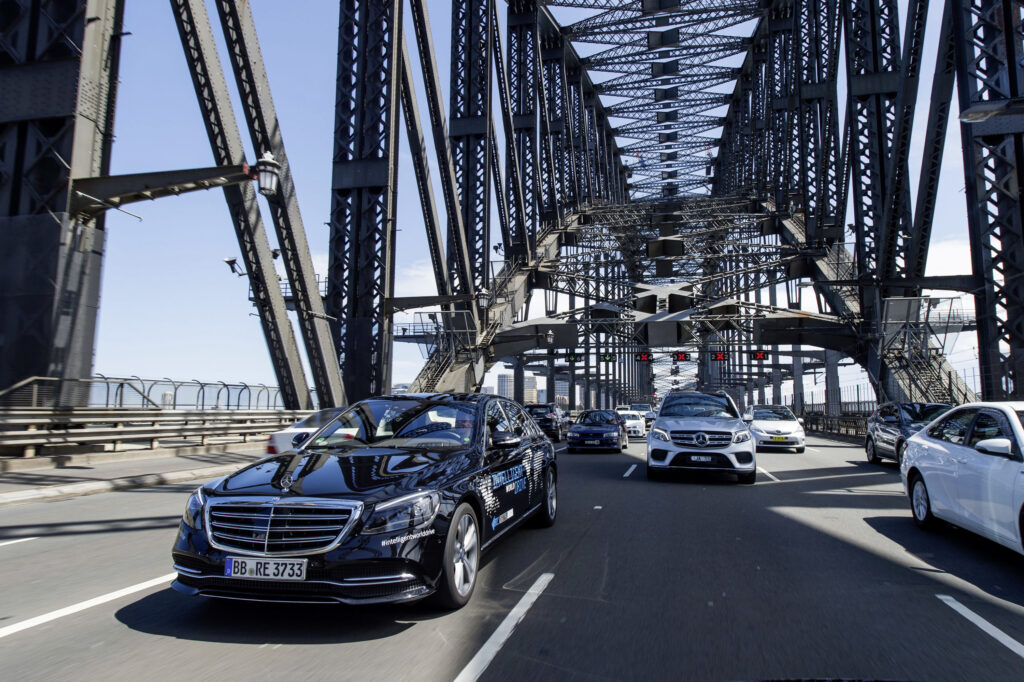New laws for autonomous vehicles in Australia
- PostedPublished 9 September 2018

The National Transport Commission (NTC) has announced that new driving laws, designed to account for semi- and fully autonomous vehicles, will be introduced in 2020.
Carolyn Walsh, chair and commissioner of the NTC, said: “Australian transport and infrastructure ministers have recognised that automated vehicles offer the possibility of fundamentally changing how transport is provided and unlocking a range of benefits.
“They have agreed that Australia should aim to have end-to-end regulation in place by 2020 to support the safe commercial deployment and operation of automated vehicles at all levels of automation.”
Currently, Australian transport laws are all based on the presence of a human driver and cannot account for automated driving systems. As a result, it is the human driver that is obligated to operate the vehicle and safely comply with traffic laws – even if an assistance function is active – and the human driver that is held responsible in the case of an incident.
To accommodate for upcoming semi- and fully autonomous vehicles, the NTC is proposing that a new uniform national law is introduced that accounts for the presence of automated driving systems. The law will primarily aim to ensure that the legal obligations of the driver and the system itself are clarified, as well as providing clear compliance and enforcement regulations.
The move will potentially help speed the introduction and adoption of the technology by “bringing certainty” to manufacturers considering launching autonomous driving systems in Australia. The planned date of 2020 ties in with the mooted launch of many advanced driver assistance systems, such as those proposed by Volvo – a company which has been trialling semi-autonomous set-ups on Australian roads since 2015.

The NTC was prompted to begin investigations into the legalities of autonomous driving systems by the Transport and Infrastructure Council in November 2016. Several consultations have since taken place, with government and non-government organisations, in order to establish key issues demanding attention.
For example, besides the recognition and regulation around an autonomous driving system, matters such as drivers riding under the influence, system security and the various degrees of automation also need to be considered.
Walsh added: “The National Transport Commission is working with state, territory and the Commonwealth governments on a program of regulatory reform to ensure the Australian community can gain the potential benefits of automated vehicles, including safety, productivity, environmental and mobility outcomes.
“Our aim is to develop a flexible and responsive regulatory environment for the commercial deployment of automated vehicles that supports innovation and safety.”
The NTC expects to have a nationally consistent approach to the revisions to the driving laws agreed by 30 November 2018, then consultation on the matter will run until January 2019.
Legal issues aside, there are still many hurdles to overcome before autonomous systems can reliably tackle the roads without problems. Infrastructure is cited as one key consideration for the real-world rollout of self-driving hardware, with improvements to lane markings, signage and communications networks – for connected vehicle functions – all required to ensure proper and safe functionality.
- CategoriesIn SightGlass
- TagsAutonomous vehicles, SightGlass News Issue 14, transport


